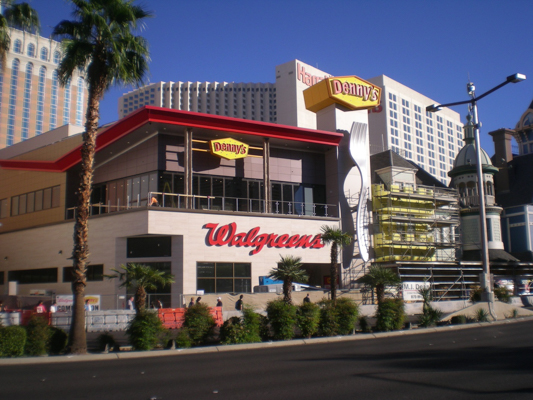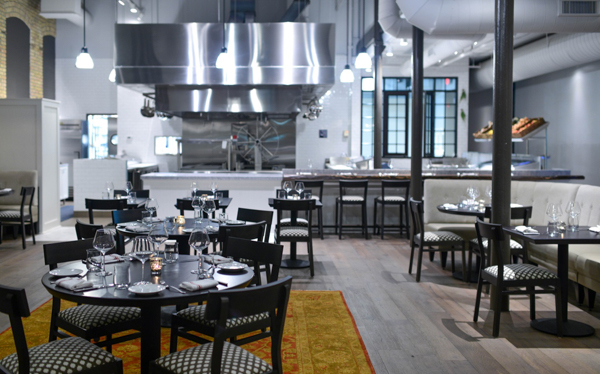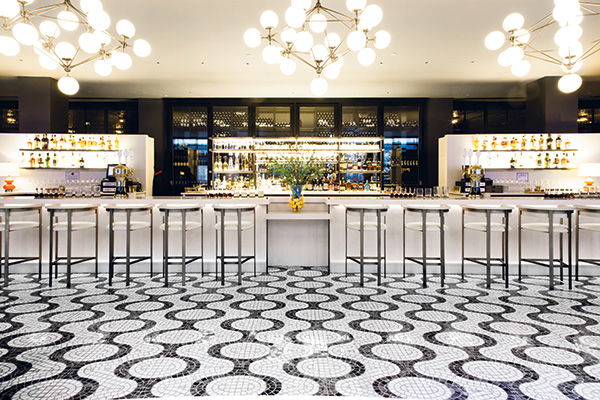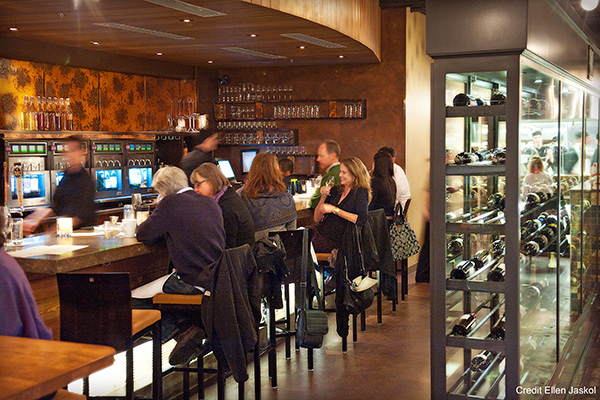Design
- Design
- Dana Tanyeri
Multiconcept operator CH Projects, which has developed some of Southern California's most progressive one-off restaurants, recently opened the second iteration of its popular UnderBelly ramen bar.
- Design
- Dana Tanyeri
Mexican Restaurants Inc. (MRI), which operates 57 Mexican restaurants in Texas, Louisiana and Oklahoma under five different brands, has rebranded its fast-casual Mission Burrito concept as Überrito Mexican Grill.
- Design
- Dana Tanyeri
What has historically been Denny's Corporation's highest volume company-owned restaurant is back in business following a nearly year-long design refresh.
- Design
- Dana Tanyeri
Housed in a 1906 building that originally served as a horse stable, Chef Gavin Kaysen's new Spoon and Stable restaurant in Minneapolis honors both the building's past and the chef's personal collection of spoons.
- Design
- The Editors
Chicago-based multiconcept restaurant company Mercadito Hospitality celebrated the opening of one of its newest concepts, Tippling Hall, in the city's River North neighborhood in October.
- Design
- The Editors
Washington, D.C.-based multiconcept operator Clover Restaurant Group has opened its fifth Café Deluxe unit in the D.C. metropolitan area, and its first in a hotel property.
- Design
- The Editors
Flooring can be the least exciting part of the restaurant design process, but it’s ultimately the element that everyone — from customers to staff to vendors — interacts with most. It has a significant impact on people’s ability to safely and successfully navigate the space, and also plays a big role in helping create a restaurant’s ambiance.
- Design
- Caroline Perkins
Wine displays are “a visual destination that let the story of the dining experience unfold.” So says Tom Davis, restaurant design expert who heads up the Denver office of Davis Wince, a Columbus, Ohio-based architecture firm.








